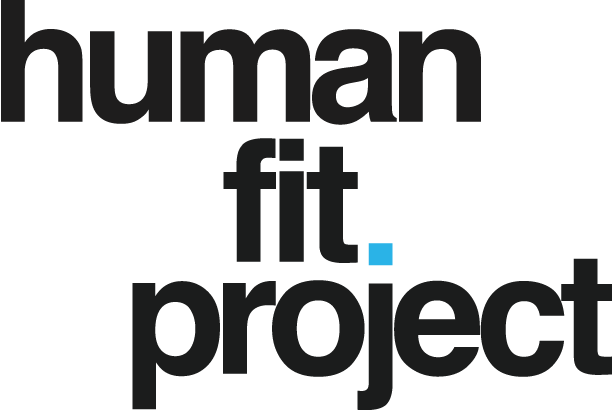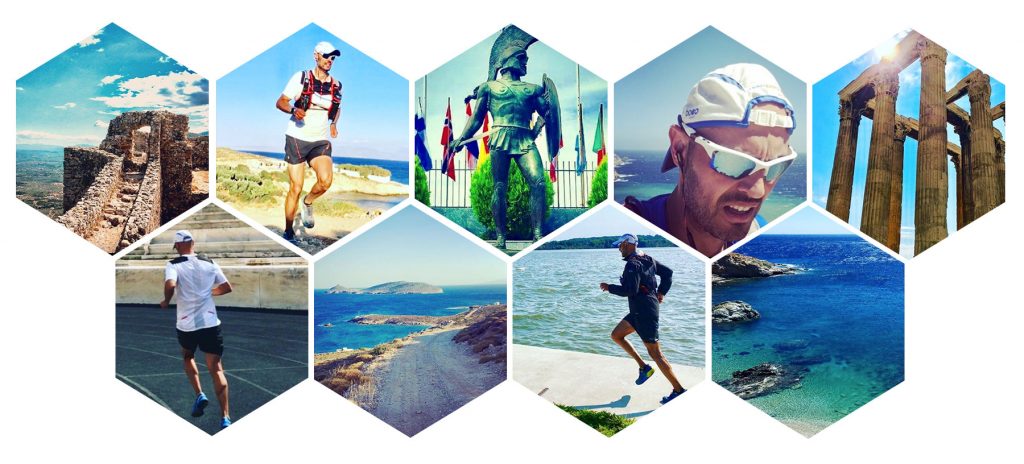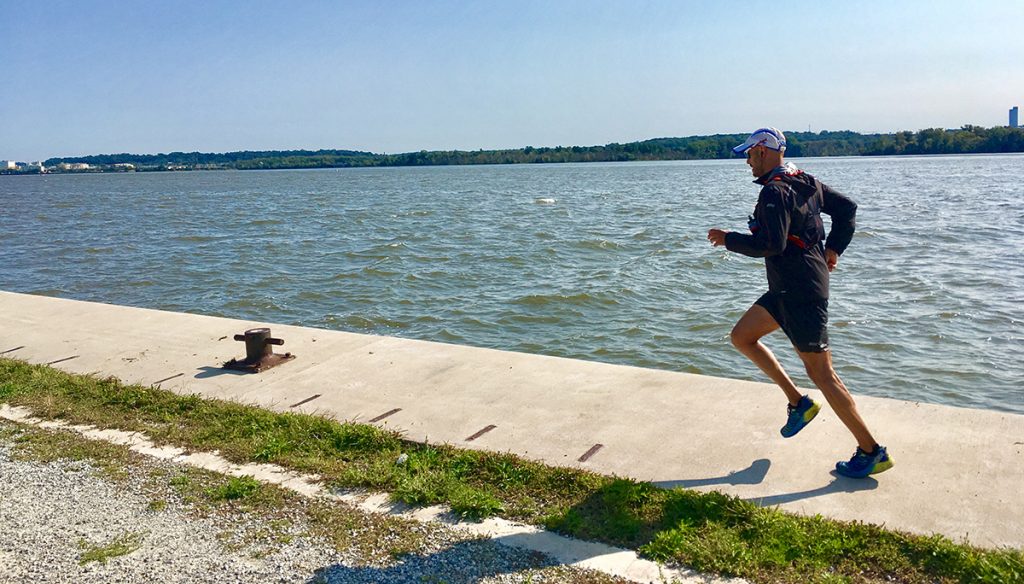Curious what the optimal plan for attempting a 153-mile run would look like? It’s mostly something like this: 12 hours of sleep per night and a nap or two during the day, a work schedule that allows you to run whenever you want, and minimal stress in your life. Oh, and you might want five years to prepare for it.
Alex Anyse (@onemileonesmile) had none of that when he first attempted the 153-mile Spartathlon from Athens to Sparta in September 2017. He runs a business, travels a lot, and prior to becoming an ultra athlete, he considered himself no more than a casual runner. His training plan was aggressive and accelerated. He had less than a year to prepare, but his higher purpose is what inspired the attempt of the unimaginable.
Anyse’s run was for Smile Train (@SmileTrain), a non-profit organization that provides free surgeries to children with cleft lip and/ or palate. (See our profile and Q&A with Anyse here.) After successfully raising enough funding to support 153 surgeries as a part of the One Mile One Smile Project, he’s back at it again with a One Mile Two Smiles Project, hoping to double the number of surgeries.
In fact, this year’s project has garnered a strong show of support. Over the last decade, Hall of Fame bodybuilder Lee Labrada (@LabradaNutrition) and his company Labrada Nutrition (labrada.com) have helped Smile Train provide more than 500 forever smiles to children living with untreated clefts. Labrada Nutrition happily jumped on board to provide 80 smiles to children in need. Their generous donation will be leveraged to challenge other supporters to match their funding commitment and help Anyse reach his goal of raising enough funds to provide two smiles for every mile of the race he runs.
Higher purpose or not, a challenge like this one still presents risks. About 80 miles in to last year’s race, Anyse got hit with Rhabdomyolysis, a condition where muscle tissue rapidly breaks down and releases into the bloodstream, which can ultimately cause kidney failure. Fortunately for him, he was being watched. “Volunteers at one of the checkpoints and my crew acted quickly to get to urgent care where I received several IVs,” he says. They kept him overnight to monitor his blood and within a couple days was feeling better. But he wasn’t quite out of the woods yet. He returned back to the US for lab work to ensure his body had fully recovered. “I worked with several medical specialists to determine if there were any specific factors that we should have identified during the race such as the rate of water consumption against the intake of electrolytes.”
After a scare like that, most would throw in the towel for good, but not Anyse. This second attempt is happening. “We could change the lives of another 306 children around the world who struggle with a cleft lip or palate. That alone is a worthy reason to go back.” He’s also doing this for his two young boys as a life lesson. “I want them to know that when things don’t work out—that’s okay. What matters is how we rebound and persevere.”
To accomplish his goal (and avoid another dangerous situation), Anyse is working even more closely with his team of highly-qualified and highly-respected experts to guide (and closely monitor) his training, nutrition, and recovery in preparation for this year’s race.
MEET THE EXPERTS
Ian Sharman (@sharmanian) is a British ultra-marathoner and head coach of Sharman Ultra Endurance Coaching (SharmanUltra.com). He’s a highly-decorated athlete with approximately 50 multi-day race wins under his belt, including a record for the fastest 100-mile trail race. He’s a NASM trainer, a certified USATF coach, and trains a range of athletes from the elite level down to the everyday runner.
Alex Anyse on Ian Sharman
“Being a weekend jogger, I was not exactly qualified to enter the world of ultra-running and especially for an event like the Spartathlon. I was referred to Ian who is both a top competing ultra-runner and certified coach. We’ve been working together for three years and it’s a continued fine-tuning process. What I’ve come to appreciate is his focus on quality mileage and proper recovery. It can be an addictive sport and it’s easy to fall in the trap of just chasing high mileage. Ian is great at developing a long-term training regimen to minimize injuries or a burnout.”
Stephanie Howe-Violett (@stephaniemarieviolett) is a two-time All-American athlete and current ultra runner. She has extensive credentials and qualifications in nutrition and and exercise including a Ph.D. in nutrition and exercise physiology. Her focus in working with Anyse has been on developing a research and data-backed nutritional plan to ensure he’s properly fueling his body while in training and eating optimally on race day.
Alex Anyse on Stephanie Howe-Violett
“Nutrition, along with quality mileage and recovery make up the necessary formula for success. I love to try different products at different times of the training cycle and see what works. But it’s important not to do it without proper expert guidance. Stephanie has been critical. She’s been helping me better understand the value and timing of nutrition leading up to and during races. When I try a new feeding routine or supplement, I typically make sure to run it by Stephanie so she can provide me some feedback on the nutritional value. We also touch base periodically to discuss my weight and general eating habits to make sure I don’t get off course too much.”
TRAINING: How to hack a 153-mile race
You’d think that running an ultra would require you to regularly run ultra long distances, right? Not quite.
“If you’re doing 100 miles or 153 miles, you don’t have 153-mile training runs because the chance of getting injured is much higher. Also, the recovery time is so long,” Sharman says.
Anyse’s training mileage is typically around 60 miles per week with two days off. (He’ll peak around 70 miles per week, then taper down the last two to three weeks before the race.) Every couple months there are also a couple back-to-back longer runs in the 20 mile range each, typically on the weekends.
According to Sharman, you can learn plenty of tactics through shorter runs because the body’s adaptation to endurance training happens with anything over about two hours. “If you do, say, 26 miles two days in a row instead of 52 in one day, your body can deal with it a little bit better.”
While the primary focus of training is on consistent, quality runs, there are a couple elements of strength worked into the programming. The first is the use of weighted vests. Sharman says walking with weight vests or even just adding some weight to a backpack is a good form of active recovery as it gives the body a break from all the pounding of running. However, at the same time, that added resistance builds up strength and endurance in the legs. “It helps with being able to last through the latter stages of a really long race, particularly on a road where it’s a harder surface and the muscle damage can be higher,” he adds.
The second element of strength training is focused on stabilization exercise. Sharman wants to ensure Anyse works on all the smaller muscles that support the body so that as he fatigues during a race, he doesn’t lose form. They are focused on strength, not bulking up or building mass. “We’re just trying to make them toned and stable enough that all the joints and particularly his core muscles can maintain good form even as he gets tired,” he says.
Most of the exercises are done with bodyweight and are performed in higher rep ranges, sometimes as high as 50. Although in-the-gym strength training is only scheduled once per week, Sharman highly recommends a solid pre-run warm-up of lunges, single-leg squats, and leg swings. “Just doing even a couple of minutes of that as a warm-up and varying between different exercises helps to get the muscles firing and the muscle fibers all engaged and ready to go,” he says.
In addition to consistent training of the body, Sharman believes listening to it and taking care of it is critical for recovery and progression. “A lot of it is just trying to be aware of what your body is telling you,” he says.
Priority one is getting quality sleep, but with a busy schedule, clocking in several more hours of z’s might not be realistic. Sharman’s recommendation for Anyse has been to make small improvements where possible. “Getting an extra fifteen minutes or going to bed a little earlier is all useful,” Sharman says.
Related: 10 ways to get better sleep at night
Foam rolling and massage is another worthy investment of time. “It works out muscle tightness before it affects the biomechanics of the run and creates a hitch in your step,” he adds.
When striking the balance between training and recovery, plus adding in more and more experience, Sharman believes success is limitless. “The body can do a hell of a lot more than you think it can,” he says. “It’s almost magical how well it can do all of these things as long as you give it enough time to adapt and provide enough recovery for those adaptations to occur.”
NUTRITION: The recipe for success
Much like training for an ultra race, understanding what nutrition and foods work best for the body takes just as much time. “When I work with someone, I don’t give a list of food, or a diet plan, and tell them to ‘eat these foods, count your calories, count your grams.’ It’s more learning, and it takes a while,” says Violett.
For the most part, nutrition and diet is broken into two parts for an athlete: the day-to-day and race time. At this point in the ultra journey, Anyse knows when and where to switch things up based on his needs. “He knows how to eat to get his body ready for performance, or for heavy training, and it changes a little bit in the off season,” she says. “I have an idea of what his goals are for the year, and it’s nice he has a coach and a nutritionist because we can work together.”
For day-to-day nutrition, a solid balance of whole foods are the base, but for ultra athletes in particular, Violett emphasizes the importance of quality carbohydrates. “When you’re running that much, you can definitely overdo it, so you want to be able to get enough energy to support what your body’s trying to do,” she says. In addition to getting an ample amount of carbohydrates, she also watches the micronutrient breakdown such as what vitamins and minerals are being taken in or lacking.
As for race time, the food and carbohydrate situation changes a little bit. While under most circumstances Violett recommends whole, nutrient-complex foods, it can become problematic during a run.
During high-intensity exercise, blood flow is diverted from your stomach to the working muscles because they need oxygen to keep contracting and when you try to eat something it’s gonna sit in your stomach because digestion is lower priority. According to Violett, the solution is to change the carbohydrate source. “A simple carbohydrate is something that requires very little digestion if any,” she says. These are things such as gels, blocks, and sports drinks.
Timing is also important when it comes to fueling while racing. Violett says the human body can absorb about 200-300 calories per hour when running, and once that energy starts to decline, after approximately 90 minutes to two hours, then the body starts to fatigue. Failing to stay on top of that during a long run can be a performance killer. “Once you get tired from being behind on fueling, you can’t get back to where you started,” she says.
To be even better prepared for a race, Violett likes to use long training runs as “dress rehearsals” for testing the nutrition plan. “In a key race, you only have one chance to do it right,” she says. This means following the pre-planned meals and fueling strategy and observing what works and what doesn’t. “This is a really crucial thing that I work on,” she adds.
Anyse uses a service called Inside Tracker (insidetracker.com) which provides an in-depth analysis of his blood work that he and Violett use to identify what his needs are. “Blood work testing can be very specific, rather than just guessing, ‘Oh, you might be low in this’,” she says. Depending on his lifestyle habits, training schedule, and where things are in the training season, things can be very different. “He may need certain things at one time a year, and then depending on where his body’s at, he made need something else.”
Through blood testing analysis, vitamin D is one supplement in particular that Anyse has added to his plan. “It’s important for immune support, bone health, and in runners I think it’s one of those that we can really overlook, but it can make a big difference,” Violett says. According to her, a lot of athletes, including Anyse, supplement with vitamin D because it’s hard to get enough from food.
The B vitamins are another consideration because they are important for “energy metabolism”. According to Violett the B vitamins help convert food into ATP, which is energy. “A lot a times athletes can be low in those,” she says. But in terms of supplementation, she prefers those vitamins are consumed by way of food.
While learning what works and what doesn’t is an ongoing process, everything eventually clicks. “Once you have a routine that works, just keep it as is, she says. “It’s good to have a little bit of flexibility, but keeping it simple is key.”
To keep an eye on Anyse (and team) as they prepare for this year’s Spartathlon, follow him on Instagram @onemileonesmile. For more information on how you can help Smile Train, visit SmileTrain.org


